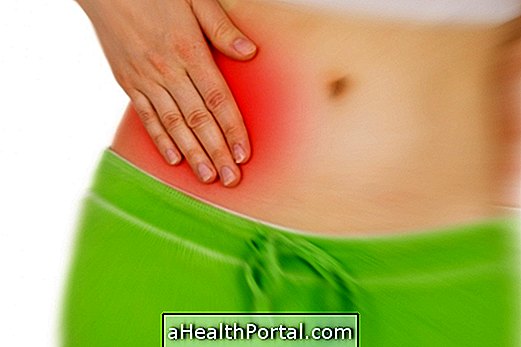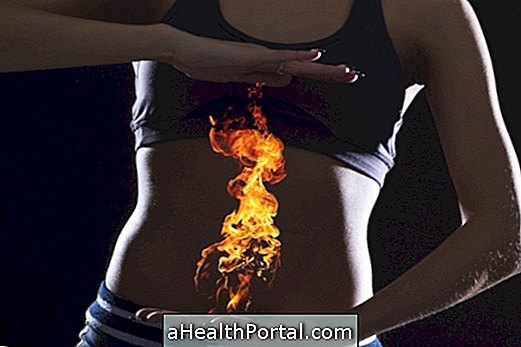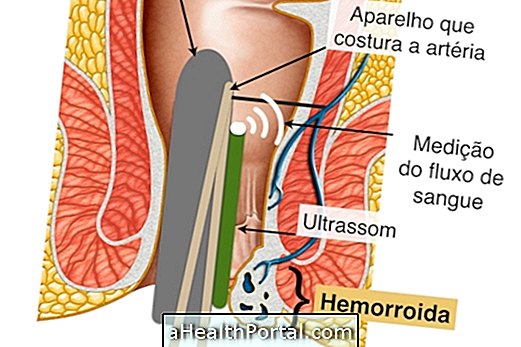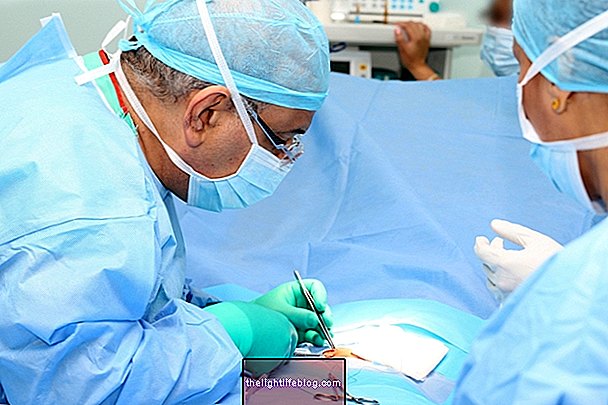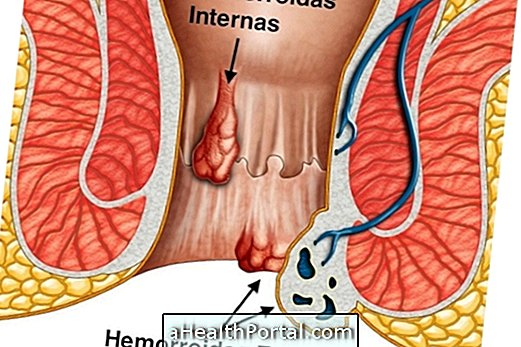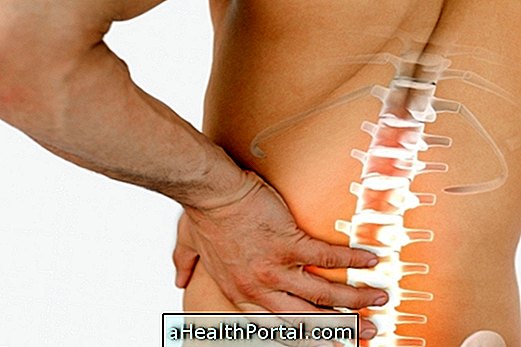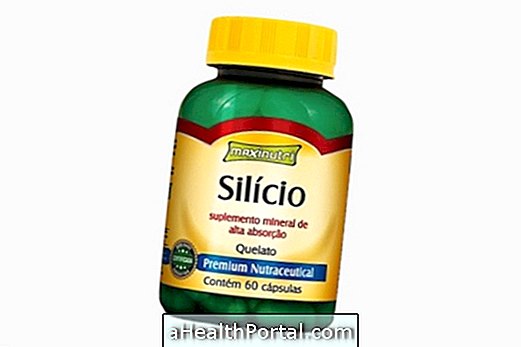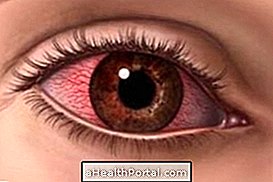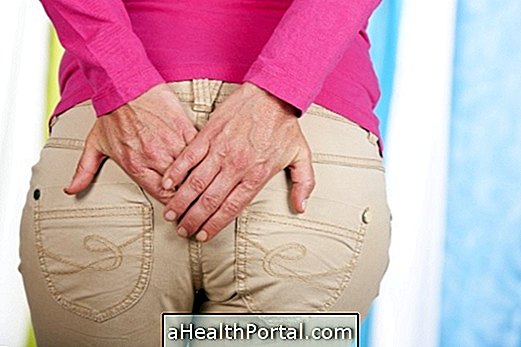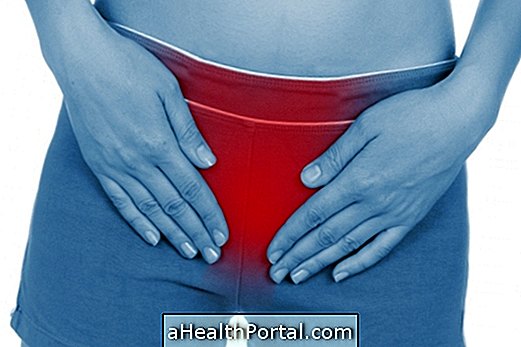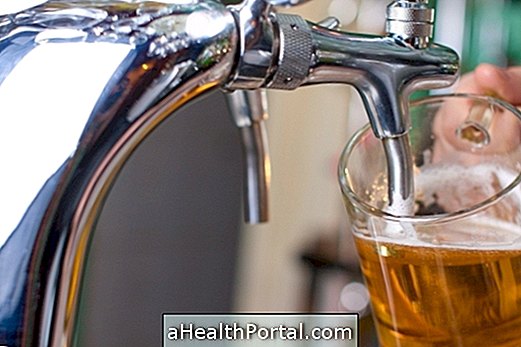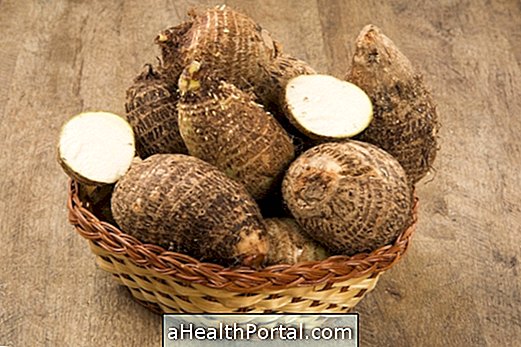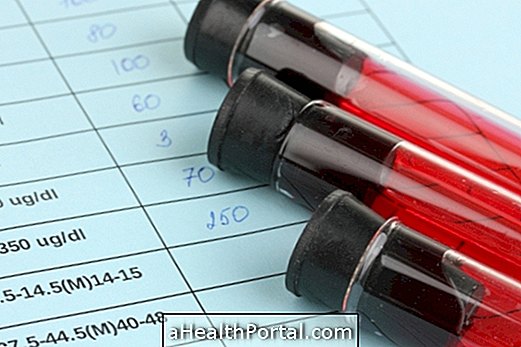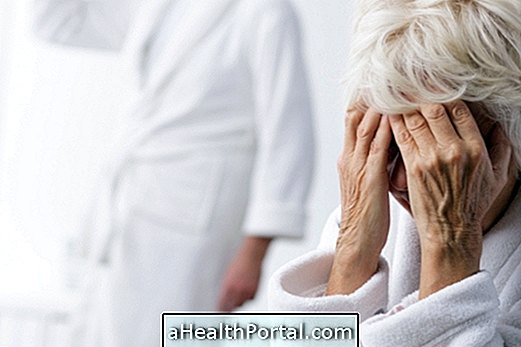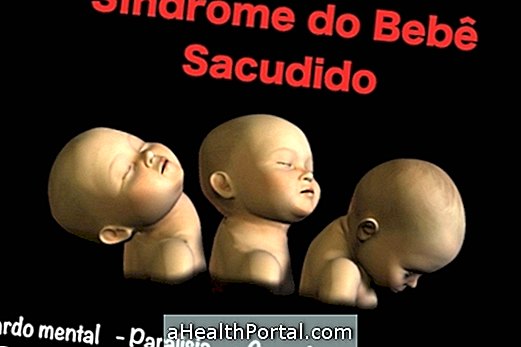The syndrome of bacterial overgrowth in the small intestine, also known by the acronym SBID, or in English SIBO, is a condition in which there is excessive development of bacteria in the small intestine, reaching values similar to the amount of bacteria present in the large intestine.
Although bacteria are important for the digestion of food and absorption of nutrients, when they are in excess they can cause intestinal problems, which result in symptoms such as excessive gas, constant feeling of bloated belly, abdominal pain and constant diarrhea, for example. In addition, by altering the absorption of nutrients in some people, it can result in malnutrition, even if the person is eating properly.
This syndrome is curable and can be treated, in many cases, with changes in diet and lifestyle, but it can also include the use of antibiotics prescribed by the gastroenterologist.
-o-que--sintomas-e-tratamento.jpg)
Main symptoms
The excessive presence of bacteria in the small intestine can cause symptoms such as:
- Belly pain, especially after eating;
- Constant sensation of swollen belly;
- Diarrhea periods, interspersed with constipation;
- Frequent feeling of poor digestion;
- Excess of intestinal gases.
Although the syndrome can cause periods of diarrhea and constipation, it is more common for a person to have chronic diarrhea.
In the most severe cases of SBID, the intestine may lose part of its capacity to absorb nutrients and, thus, a situation of malnutrition may appear, even if the person is eating properly. When this happens, the person may experience excessive tiredness, weight loss and even anemia.
How to confirm the diagnosis
The most used way to confirm the diagnosis of bacterial overgrowth syndrome in the small intestine is to do a breath test, in which the amount of hydrogen and methane present in the exhaled air is evaluated. This is because, the excess of bacteria in the small intestine releases this type of gases in an amount higher than what is considered normal. Thus, the breath test is a non-invasive and non-direct way of identifying a possible case of SBID.
To do this test you need to fast for 8 hours and then go to the clinic to exhale into a tube. After that, the technician delivers a special liquid that must be drunk and, from that moment, other exhales are collected in new tubes every 2 or 3 hours.
Typically, people with SBID experience an increase in the amounts of hydrogen and methane in the exhaled air over time. And when that happens, the result is considered positive. However, if the test is not conclusive, the doctor may order other tests, especially the removal of a sample of the liquid present in the small intestine, to assess, in the laboratory, the quantity of bacteria.
Possible causes
Some causes that may be at the origin of the SBID are changes in the production of gastric acid, anatomical defects in the small intestine, changes in pH in the small intestine, changes in the immune system, changes in gastrointestinal motility, changes in enzymes and commensal bacteria.
This syndrome can also be related to the use of some medications, such as proton pump inhibitors, anti-motility agents and some antibiotics.
In addition, this syndrome may be related to some diseases, such as viral gastroenteritis, celiac disease, Crohn's disease, low levels of stomach acid, gastroparesis, nerve damage, cirrhosis, portal hypertension, irritable bowel syndrome, procedures with bypass or certain surgeries, for example.
-o-que--sintomas-e-tratamento_2.jpg)
How the treatment is done
The treatment for this syndrome should be guided by a gastroenterologist, however, it may also be necessary to follow up with a nutritionist. This is because, treatment may include:
1. Use of antibiotics
The first step in treating SBID is to control the amount of bacteria in the small intestine and, therefore, it is necessary to use an antibiotic, prescribed by the gastroenterologist, but which is usually Ciprofloxacin, Metronidazole or Rifaximin.
Although in most cases the antibiotic can be used in the form of pills in, when the syndrome is causing malnutrition or dehydration, it may be necessary to stay in the hospital for a few days, to receive serum or to make parenteral feeding, which is done directly in the vein.
2. Changes in diet
A diet capable of curing SBID is not yet known, however, there are some changes in diet that seem to alleviate the symptoms, such as:
- Eat small meals throughout the day, avoiding meals with too much food;
- Avoid foods and drinks with high sugar content;
- Avoid foods that appear to make symptoms worse, such as gluten or lactose foods.
In addition, several doctors also indicate that following a FODMAP-type diet, which removes foods that undergo fermentation in the intestine and are therefore less absorbed, may be ideal for quickly relieving symptoms. See how to do a FODMAP type feeding.
3. Taking probiotics
Although more studies are needed to prove its effectiveness, the use of probiotics seems to help the intestine to re-balance its natural flora, reducing the excess of bacteria.
However, probiotics can also be ingested naturally through food, through fermented foods such as yogurt, kefir or kimchi, for example.
Was this information helpful?
Yes No
Your opinion is important! Write here how we can improve our text:
Any questions? Click here to be answered.
Email in which you want to receive a reply:
Check the confirmation email we sent you.
Your name:
Reason for visit:
--- Choose your reason --- DiseaseLive betterHelp another personGain knowledge
Are you a health professional?
NoMedicalPharmaceuticalsNurseNutritionistBiomedicalPhysiotherapistBeauticianOther
Bibliography
- WEBMD. What Is SIBO?. Available in: . Accessed on 01 Aug 2019
- HEALTHLINE. Everything You Should Know About Small Intestinal Bacterial Overgrowth (SIBO). Available in: . Accessed on 01 Aug 2019
- JOHNS HOPKINS MEDICINE. Small Intestinal Bacterial Overgrowth (SIBO). Available in: . Accessed on 01 Aug 2019
- REYNOLDS, Kristen H .. Small Intestinal Bacterial Overgrowth: A CaseBased Review. Journal of Patient-Centered Research and Reviews. Vol.2. 166-171, 2015
